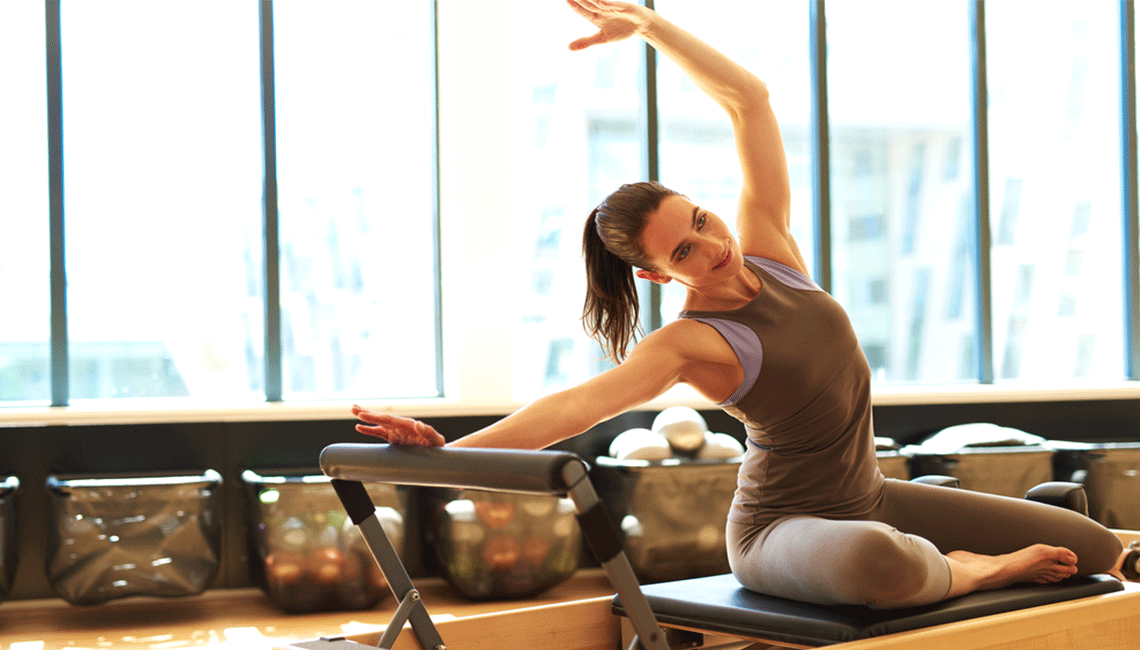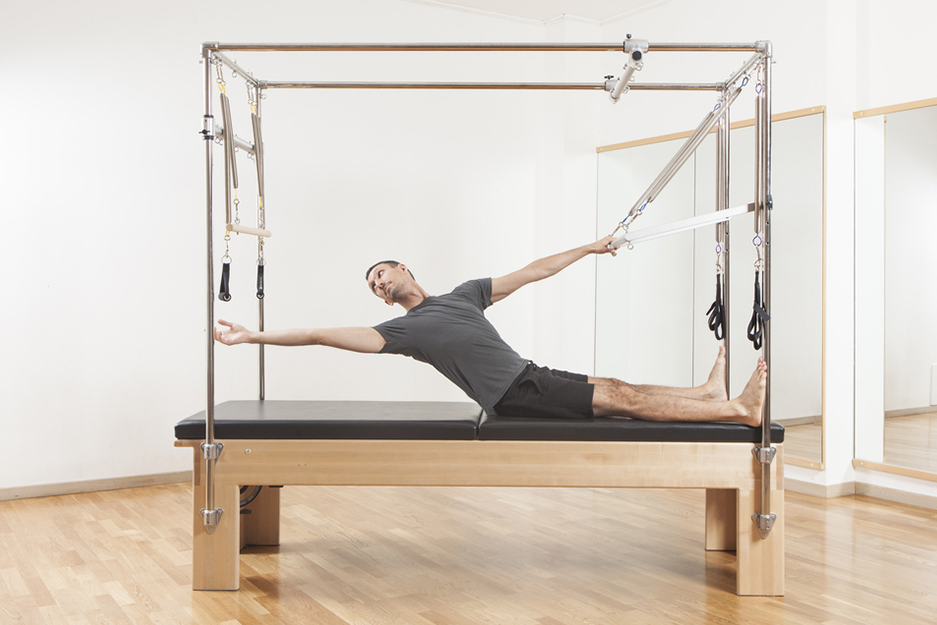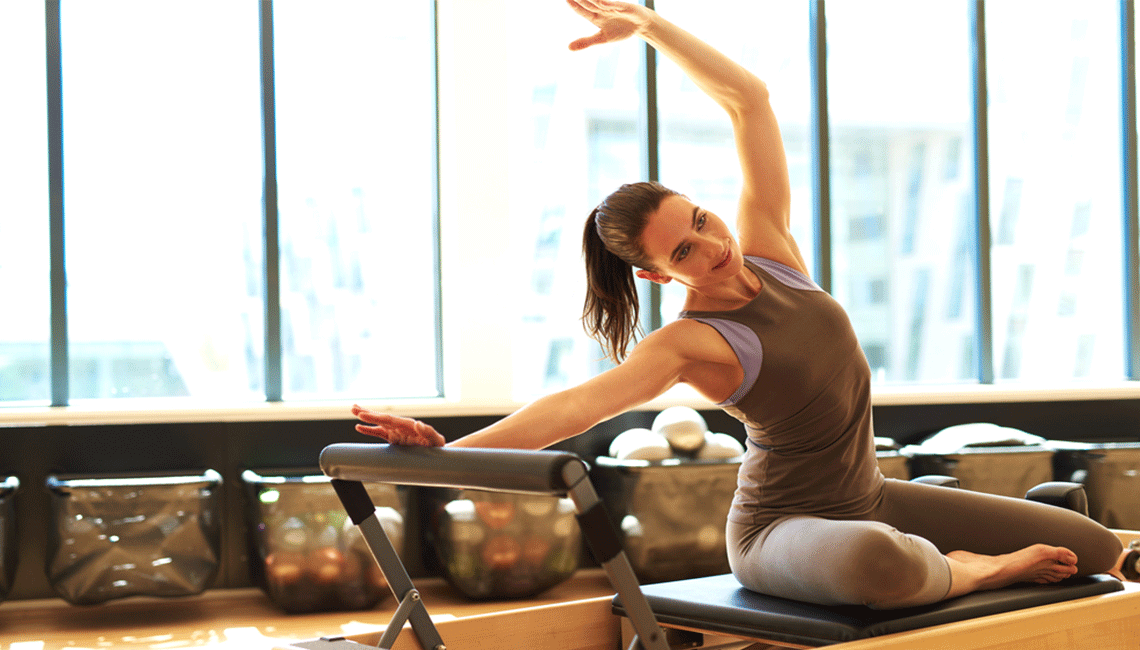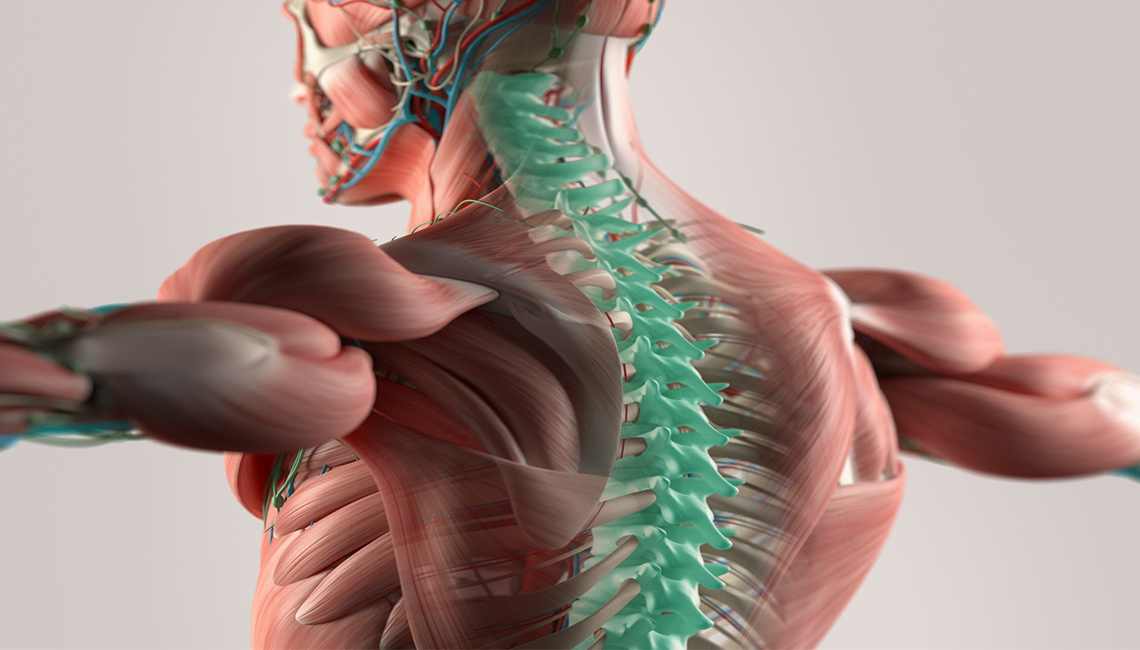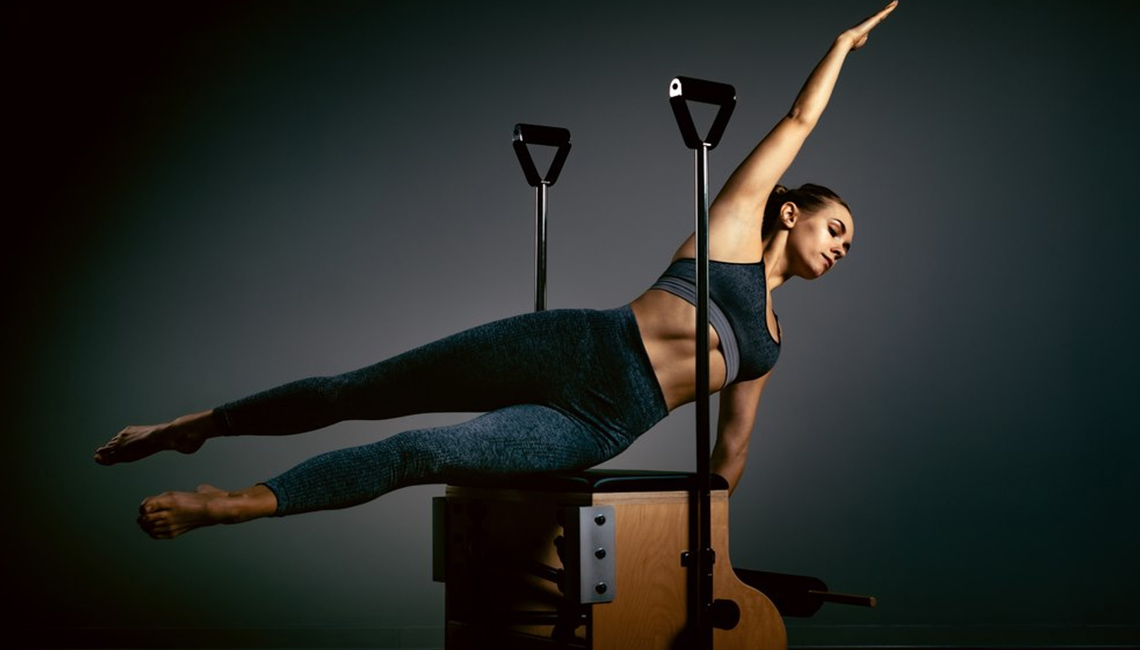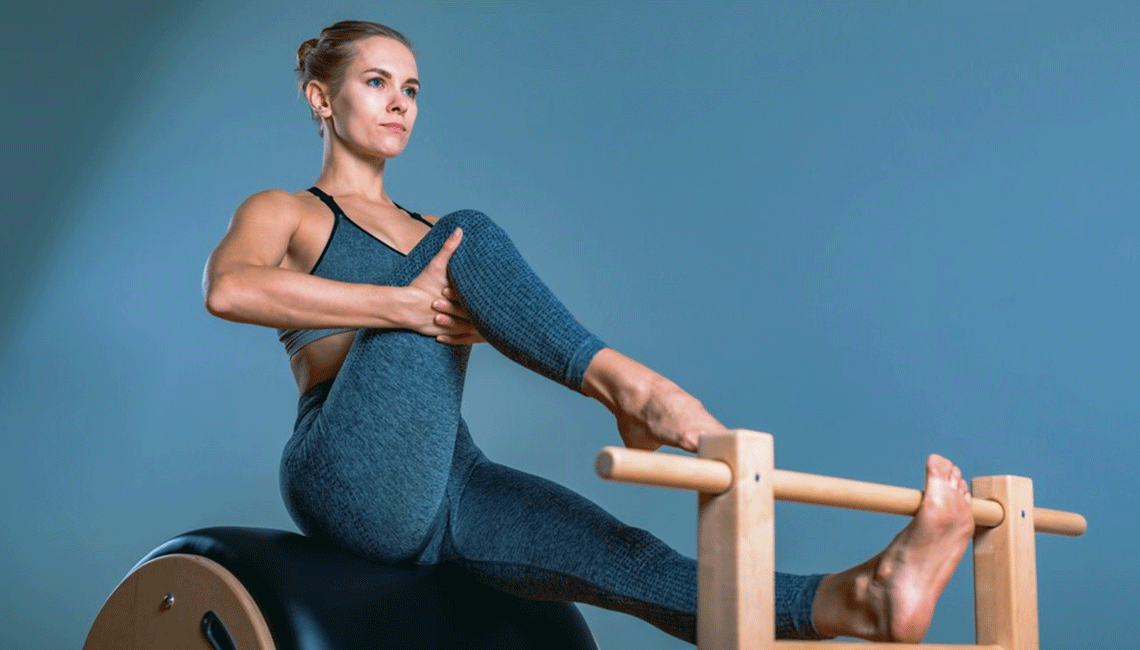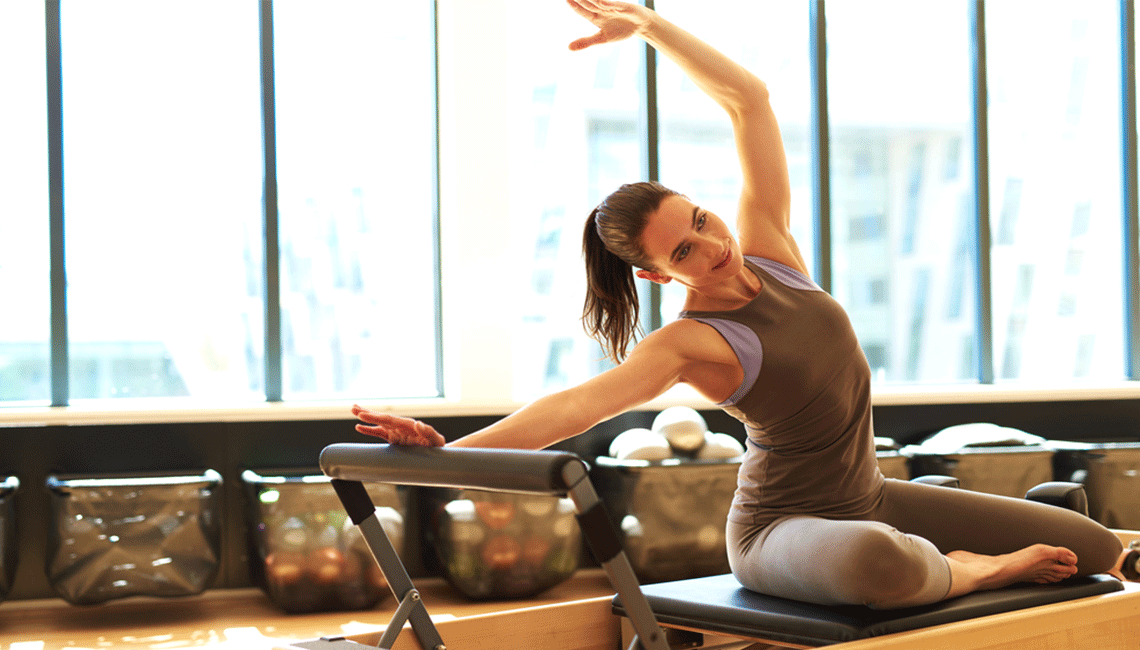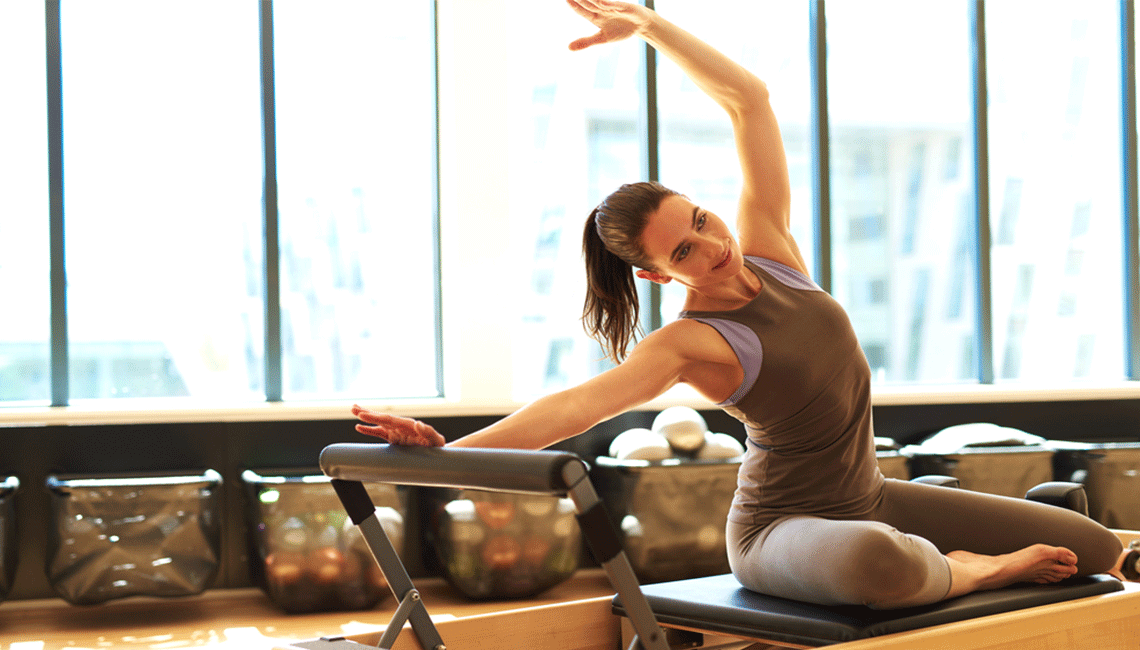Due to its location, the psoas is distinguished by being the only muscle that connects the upper and lower part of the human body. Therefore its functional ramifications are broad and can act as an action agonist or stabilizer in coordination with other major agonists.
Psoas affects breathing through its anatomical relationship with the diaphragm in the area of the solar plexus.
With its neighbor the iliac, forming the psoasiliac muscle group, is part of the structure that can flex the hip. It is undoubtedly one of the main muscles that affect the lower back, if it is not right it can lead to tension and low back pain. With all these precedents we must try to help the psoasilíaco fulfill its great function: THE INTEGRAL CONNECTION.
Our goals in workshop are :
1. To help to discover and appreciate the functional anatomy of the psoas and its relationship to posture and movement in pilates
2. To identify the common signs associated with the non-optimal use of the psoas in posture and movement.
3. To develop a system-based corrective and progressive pilates exercise approach that integrates the principles related to the development and maintenance of optimal posture and movement in our pilates and life environment.
PILATES & PSOAS PROGRAM INDEX
1. Functional anatomy of the Psoas.
2. Breathing three-dimensional.
2.1 Psoas role in breathing and biomechanics.
2.2 Pelvic tilt.
3. Thoracopelvic stabilization.
3.1 Motor control and Pilates corrective exercise.
3.2 Activating the psoas.
4. Pilates, movement and psoas.
4.1 Hip extension.
4.2 Lunging.
4.3 Bending.
5. Pilates and streching the psoas.

